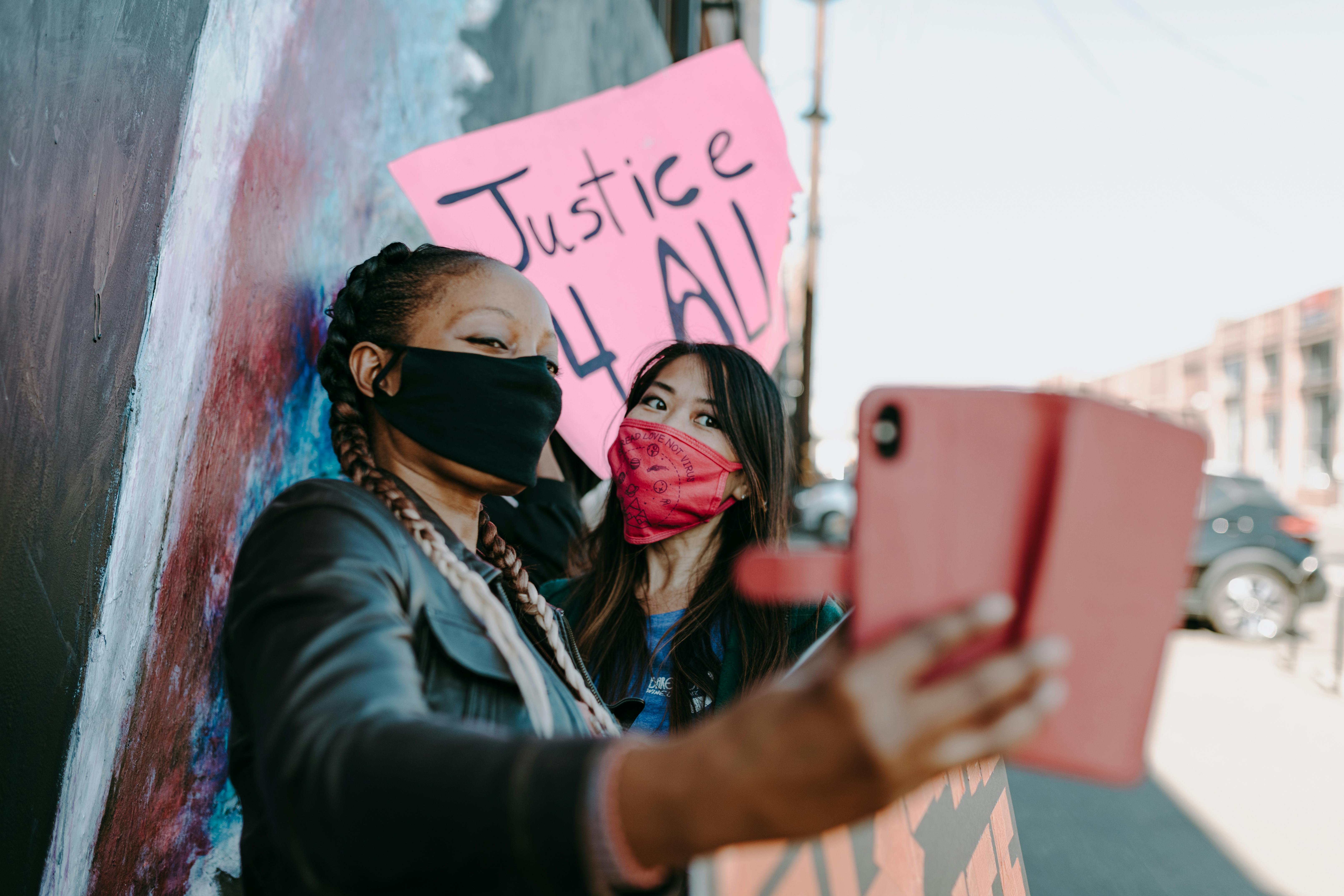Humans have always fought for territory with the prospect of protecting cultural norms. We belong to our land and our land belongs to us. Therefore, traditionally, culture has been geographically linked. With technology, modernization, influx and ease of travel, global nomadic lifestyles are changing the definition of cultural norms.
It is important that we broaden the scope of our understanding of culture and be aware of the limitations we impose on people when we define them culturally. Furthermore, in business, corporations and multinational entities must move from diversity awareness to multiculturalism and cross-cultural inclusion if they are to continue to have a substantial global impact.
Furthermore, when we evaluate other people’s cultures and categorize people based on their implicit or overt membership in a particular culture, we are choosing to view that person as part of a group and not as an individual. When we look at others solely within the lens of their cultural context, we limit their humanity and individuality.
On the other hand, when we observe people solely as individuals and do not encourage them to connect with others and partially define themselves as part of a larger group, we deprive them of being an active participant in the beauty of collaboration and the depth that it entails. . the mosaic of culture contributes to our daily life.
The irony of culture in America is that, although this is the exceptional environment that first put individual rights and freedoms above group rights, prejudice against groups that define themselves on racial and cultural grounds remains an issue. relentlessly destructive norm.
Humans have an innate need to be part of a group, a tribe that has cultural expression. When we were born, we belonged to our mothers, our fathers, and our family. Humans are the most defenseless creatures at birth, so our need to belong to a family system is deeply ingrained in our developmental DNA. Furthermore, throughout our lives, very few of us live in complete isolation. We were created to belong to a group and therefore express and appreciate our individual traits and at the same time belong to a group in which we are productive is necessary for the survival of the human race.
The delicate balance between an individual’s personal expression and that person’s membership in a group is something that is fluid and changes throughout life based on individual experience and age. As children, our entire identity is based on our gender, age and the family unit to which we belong. As we age, we use geographic location and membership in institutions of higher education or professions to better define ourselves and distinguish ourselves within the larger group to which we belong.
Lack of awareness of this evolutionary pattern can create a lot of confusion for those in transition. Global nomads and third culture children in particular have a difficult time navigating some of these membership issues by belonging to these various groups. As a result, they may feel a deep disconnect with larger groups, as they recognize that they do not belong to any culture.
For people who feel culturally lost or who do not feel a strong connection to any cultural group, the key is to be aware of where their individuality flows in a group dynamic at any given time. Check in with yourself regularly and deliberately think about this. Be more aware and take risks when associating with monocultural people.
Comment on my blog about the creative solutions you have had in this area. How did you become aware of our individuality in front of the group? How important is consciously belonging to a group?




